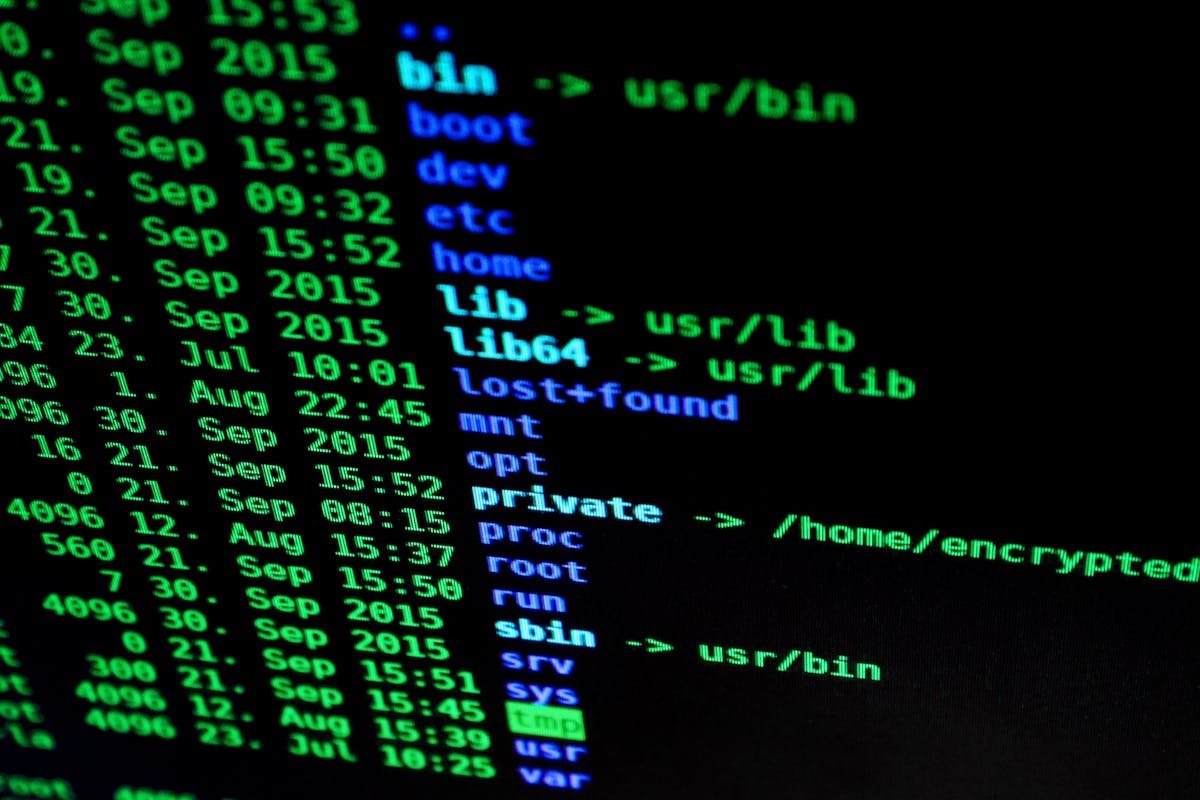Can Hackers Be Outthought by Machines? AI's Startling Ascent in Cybersecurity
Cybersecurity & Privacy / Date: 05-20-2025

In the battle between hackers and defenders, the stakes have never been higher. But here’s the kicker: machines may be the key to turning the tide in favor of cybersecurity. We’re all used to hearing about AI in fields like healthcare and entertainment, but what if I told you that AI might be the only thing standing between us and an all-out cyber apocalypse?
We’re diving deep into the uncomfortable truths of how AI, despite its potential, could either become the savior we need or the tool that hackers weaponize against us. So buckle up—it’s not all good news, but it’s definitely worth the read.
The Myth of AI’s Impeccable Defense

Let’s start by confronting a myth that’s getting louder: AI can outthink any hacker. The idea seems simple—AI analyzes massive amounts of data, spots vulnerabilities faster than humans, and responds quicker than any human ever could. But hold on. Is AI really that invincible?
In theory, sure, AI seems like the ultimate cybersecurity tool. It can sift through massive amounts of network data, identify patterns, and detect anomalies that no human could ever hope to catch. But it’s not foolproof. In fact, AI has some pretty significant flaws that could jeopardize its role as a cybersecurity guardian.
One glaring issue is that AI learns from data. And hackers are clever. They know exactly how to throw AI off its game. Take the case of adversarial attacks—a type of manipulation that targets machine learning algorithms. In 2024, a study revealed that hackers were able to trick AI systems into misidentifying malicious traffic as safe, allowing cyberattacks to bypass security systems completely. That’s right—AI got duped, and it cost a company millions.
The 2024 McKinsey Report: AI’s Weakness
The thing is, AI’s dependence on data means its defenders can also be its undoing. A McKinsey report from 2024 highlighted how AI-powered cybersecurity tools, when trained on biased or incomplete datasets, can make disastrous errors. For instance, a financial firm reported that its AI system misclassified legitimate transactions as fraud due to the model being trained primarily on data from a specific region. The result? Legitimate transactions were blocked, and customers experienced massive disruptions. The problem here? AI doesn’t “think” the way humans do—it just patterns its decisions based on the data it’s given.
So, while AI offers massive potential, let’s not pretend it’s invincible. In fact, there’s a huge debate in the cybersecurity industry about whether we’re putting too much trust in AI, particularly when these systems are vulnerable to exploitation.
The Real-World Consequences: How Cybersecurity AI Failed in Action
To understand the stakes, let’s look at a real case where AI failed in the face of an evolving threat. In 2023, a major retailer’s AI-based security system was compromised during a sophisticated ransomware attack. This company had spent millions integrating machine learning into its cybersecurity protocols, with the belief that AI would be its strongest defense.
But what they failed to factor in was the perpetual changing nature of the hacker tactics. The attackers, for instance, employed a mix of social engineering and sophisticated malware that hoodwinked the AI programs. AI picked up on some of the attacks but was dazed by the quantity and uniqueness of the assault. What happened? An estimated multi-million-dollar loss, huge data breaches, and customer outrage.
Here's the punchline: the attackers didn't need to beat the AI so much as expose its vulnerabilities. And this is the biggest problem with using AI too much for cybersecurity. Sure, AI is a great device for finding known threats, but it doesn't do so well when it's confronted with something new or random—and let's be real, hackers are about as creative as they come.
The AI Learning Curve
One of the largest challenges is the learning curve that AI must overcome. Even the most sophisticated AI systems take time and enormous datasets to "learn" what an attack looks like. In cybersecurity, where new threats can arise every day, this learning process can be a death knell. Cybercriminals know this limitation and frequently modify their attacks to evade detection by AI systems that have not yet learned the latest threats.
So, while AI can detect and mitigate well-known attacks, it’s still in the early stages when it comes to fighting novel threats. And until AI can evolve faster than hackers can adapt, we’ll always be playing catch-up.
Actionable Fixes: How to Balance AI and Human Intelligence
So, what can we do to improve the role of AI in cybersecurity? The answer isn’t as simple as “AI is the future” or “AI is a flop.” Instead, it’s about finding a balance between AI’s strengths and human intelligence.
1. Augment, Don’t Replace
AI is not meant to replace human knowledge. Sure, AI excels at processing huge amounts of data and identifying patterns, but humans have critical thinking and creativity to offer—something AI still does not. The true power comes from pairing AI-powered automation for mundane tasks (such as network traffic monitoring) with human judgment to make decisions when AI faces a new threat.
2. Continual Learning and Adaptation
AI models need to be constantly updated and trained to stay ahead of new types of attacks. Security teams should implement continuous learning mechanisms, where AI systems are updated in real-time based on emerging threats. A 2024 study found that the organizations that adapted AI models quickly and trained them on the latest threat data saw up to a 40% reduction in successful cyberattacks.
3. Collaborate Across Industries
Cybersecurity isn’t a one-size-fits-all solution, and different industries face different challenges. The key to strengthening AI in cybersecurity is collaboration. By sharing threat intelligence across sectors and industries, we can ensure that AI models are trained on a broad spectrum of potential attacks. Think of it as the collective brainpower of all industries coming together to strengthen individual defenses.
Follow Us
Newsletter
Subscribe to our newsletter to stay updated with our latest news and offers.
We respect your privacy.Trending










